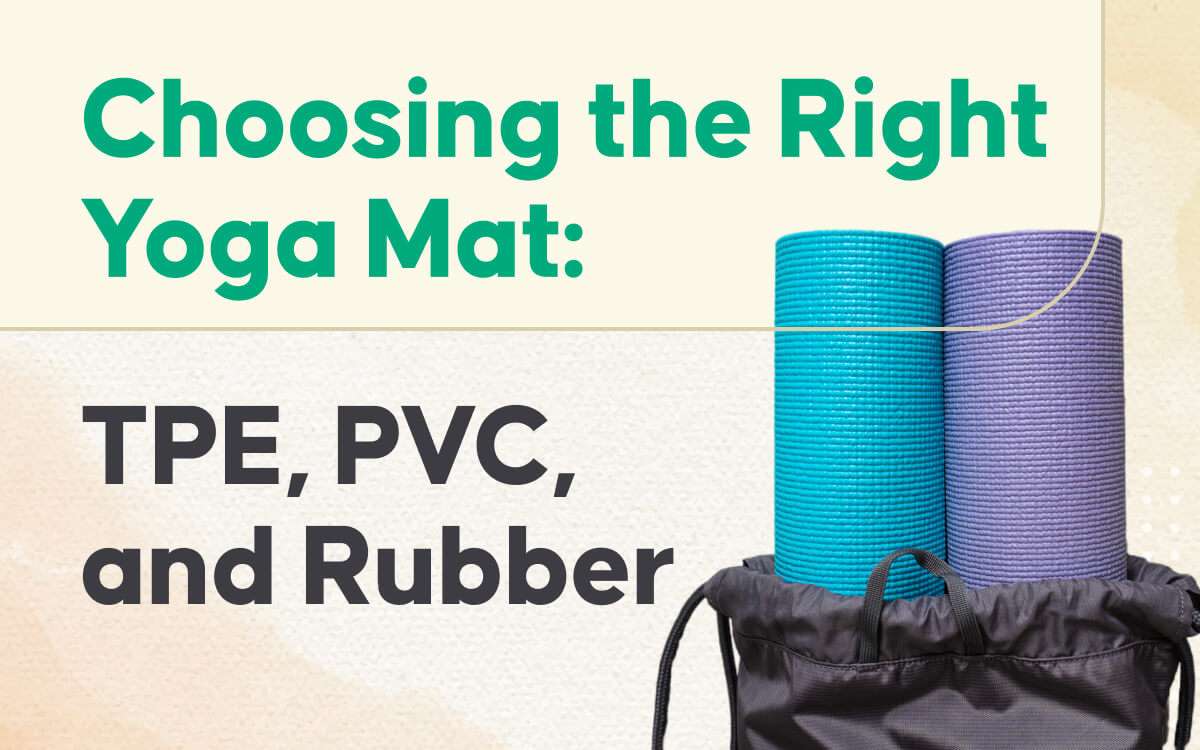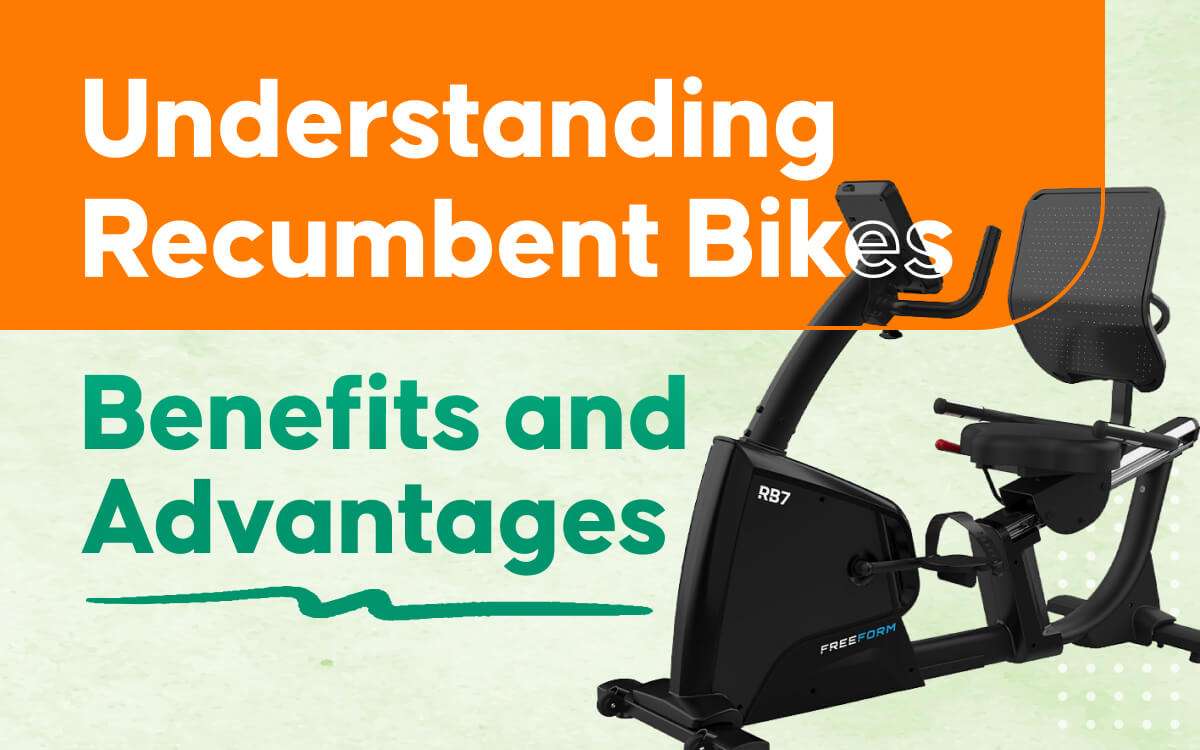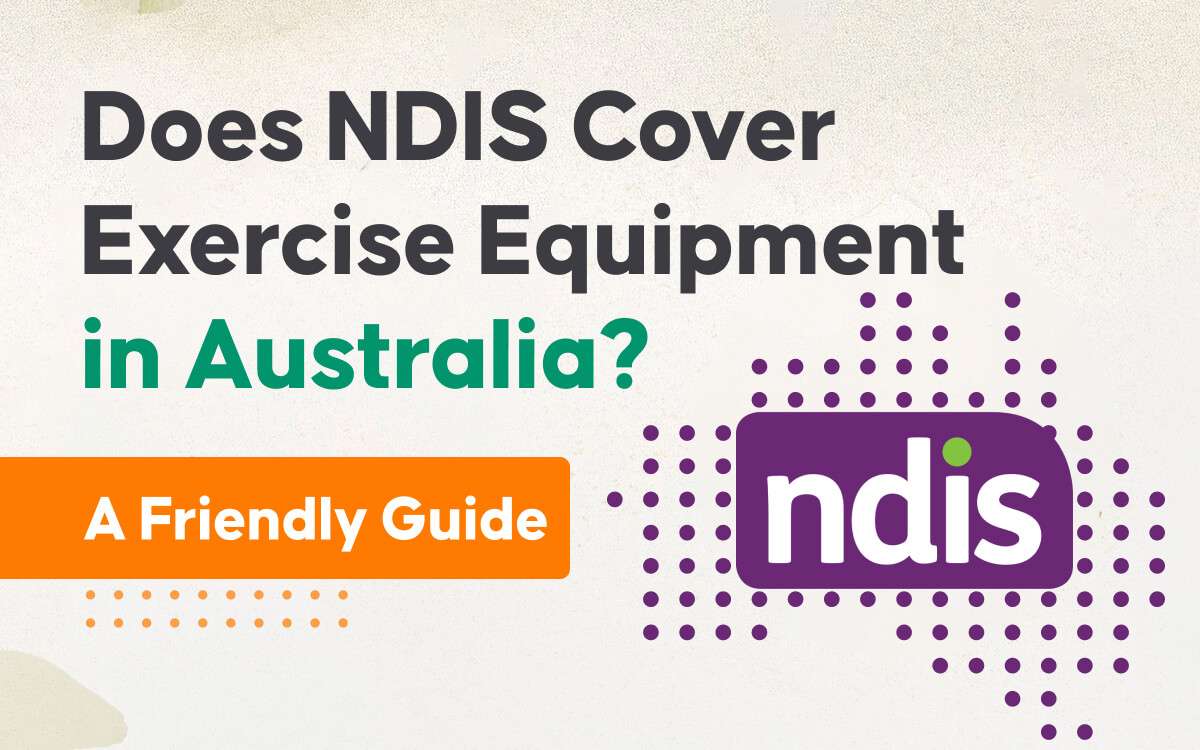
When it comes to yoga, having the right mat can make all the difference in your practice. There are various types of yoga mats available, each with its own unique properties. In this blog, we’ll explore the three main types of yoga mats—TPE, PVC, and Rubber—and explain their differences and advantages to help you choose the best one for your needs.
Types of Yoga Mats
TPE (Thermoplastic Elastomer) Yoga Mats
Description: TPE mats are made from a blend of polymers, making them an eco-friendly alternative to traditional yoga mats. They are lightweight, durable, and often biodegradable.
Advantages:
- Eco-Friendly: Made from recyclable materials and are often biodegradable.
- Non-Toxic: Free from harmful chemicals like latex, PVC, and heavy metals.
- Lightweight and Portable: Easy to carry around for outdoor or travel yoga sessions.
- Comfortable: Soft texture that provides good cushioning and support.
PVC (Polyvinyl Chloride) Yoga Mats
Description: PVC yoga mats are made from a type of plastic. They have been popular for many years due to their durability and affordability.
Advantages:
- Durable: Highly resistant to wear and tear, making them long-lasting.
- Sticky Surface: Excellent grip and non-slip properties, especially when new.
- Affordable: Generally cheaper compared to other types of yoga mats.
- Cushioning: Provides good support and cushioning for the joints.
Rubber Yoga Mats
Description: Rubber mats are typically made from natural or recycled rubber. They are favored for their eco-friendly nature and excellent grip.
Advantages:
- Eco-Friendly: Often made from natural or recycled materials, making them a sustainable choice.
- Superior Grip: Provides excellent traction, even during sweaty practices.
- Durability: Strong and resilient, suitable for intense yoga styles.
- Comfort: Offers good cushioning and support, particularly beneficial for sensitive joints.
Differences Between TPE, PVC, and Rubber Yoga Mats
- Material and Eco-Friendliness:
- TPE: Made from recyclable materials, biodegradable, and non-toxic.
- PVC: Made from plastic, not biodegradable, and can release harmful chemicals over time.
- Rubber: Made from natural or recycled rubber, biodegradable, and eco-friendly.
- Grip and Traction:
- TPE: Good grip but can become slippery with sweat.
- PVC: Excellent grip, especially when new; may lose some traction over time.
- Rubber: Superior grip, even during sweaty sessions.
- Comfort and Cushioning:
- TPE: Soft and comfortable with good cushioning.
- PVC: Good cushioning, suitable for various yoga styles.
- Rubber: Firm but comfortable, offering excellent support.
- Weight and Portability:
- TPE: Lightweight and easy to carry.
- PVC: Heavier compared to TPE, but still manageable.
- Rubber: Heaviest of the three, which may affect portability.
FAQs on Yoga Mats
- Which yoga mat is the most eco-friendly?
- Answer: Rubber and TPE mats are the most eco-friendly options. Rubber mats are made from natural or recycled materials, while TPE mats are biodegradable and recyclable.
- What is the best mat for beginners?
- Answer: TPE mats are great for beginners due to their comfort and lightweight nature. They provide a good balance of cushioning and grip.
- Can I use a PVC mat if I have allergies?
- Answer: PVC mats can sometimes contain chemicals that might trigger allergies. If you have sensitive skin or respiratory issues, a TPE or rubber mat would be a better choice.
- How do I clean my yoga mat?
- Answer: Most yoga mats can be cleaned with a mixture of water and mild soap. Be sure to check the manufacturer’s instructions. TPE and rubber mats can generally be wiped down easily, while PVC mats may require a bit more care to maintain their grip.
- Which mat offers the best grip for hot yoga?
- Answer: Rubber mats offer the best grip, even when wet, making them ideal for hot yoga sessions.
Conclusion
Choosing the right yoga mat is a personal decision that depends on your practice style, environmental concerns, and comfort preferences. TPE, PVC, and Rubber mats each have their unique benefits and considerations. By understanding the differences and advantages of each type, you can select a mat that enhances your yoga experience and supports your practice.




